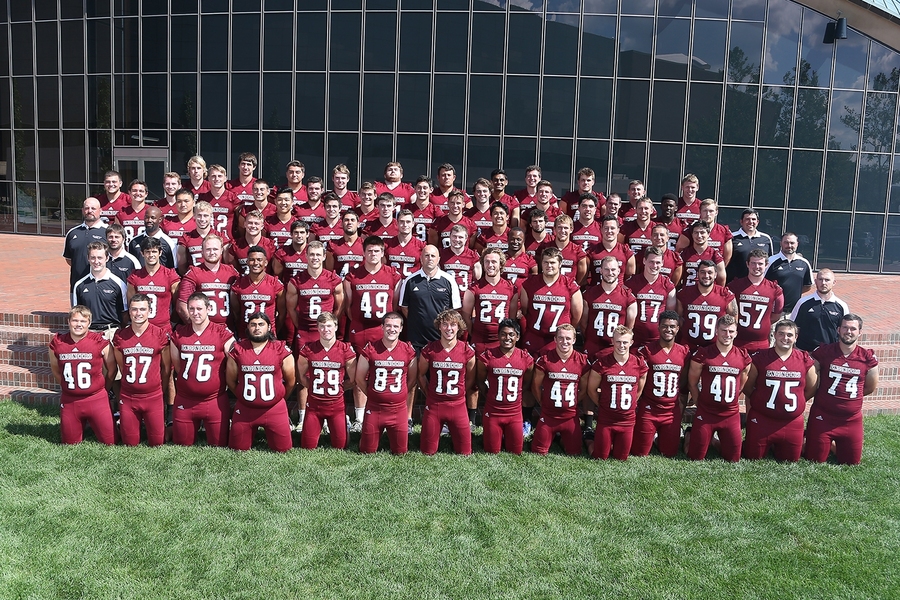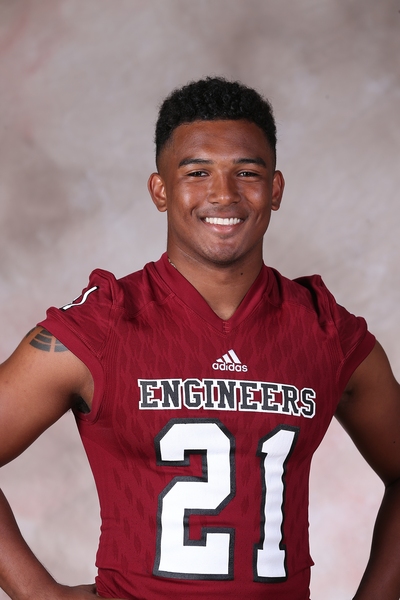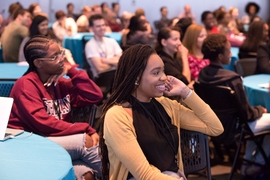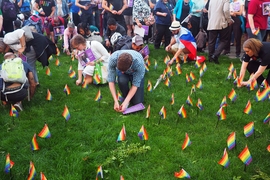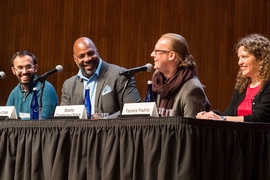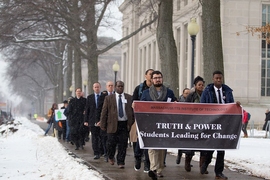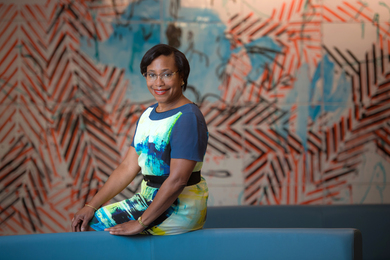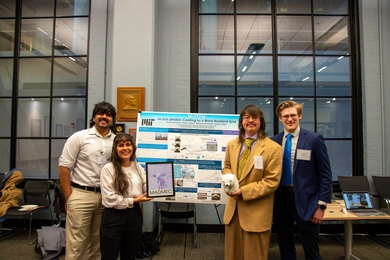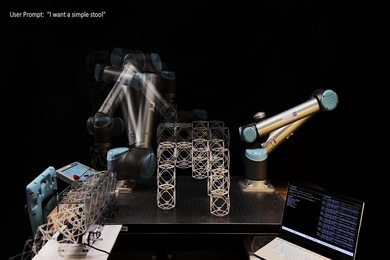The stands were filled with cheering fans. Music pulsed through the warm early fall breeze. On this particular Saturday, Sept. 17, everyone was ready for some football.
Players from MIT and rival Rensselaer Polytechnic Institute (RPI) warmed up on the field, getting psyched for their annual gridiron matchup. As the national anthem swelled and heads turned toward the flag in Steinbrenner Stadium, three MIT players knelt on the sidelines: freshman defensive lineman Ben Bennington, sophomore running back Adis Ojeda, and senior defensive back Tremaan Robbins. In the weeks leading up to the RPI game, the three teammates discussed joining professional athletes in protest against deadly shootings and brutality by police officers happening with alarming frequency against black people across the country. That day, Head Coach Chad Martinovich stood by Robbins’ side, his hand resting on Robbins’ bulky shoulder pads, in a show of respect and support.
“The first two games I didn’t feel comfortable approaching Coach about taking a knee,” Robbins said. “I worked up the courage to talk with him the week before RPI.” But taking the knee was just part of what was on Robbins’s mind. He and other black student-athletes at MIT and across the country worry about more than the next game. “We fear for our lives outside of campus,” Robbins said. “So I explained what I was going to do, and Coach said that there had to be more to this than taking a knee.”
The football team had not discussed diversity, and after thinking through Robbins’s intentions, Martinovich saw an opportunity. “Our primary focus is winning football games,” he said. “But being a good teammate is based on mutual respect and support for individuals. I told Tremaan that taking a knee can’t be your endgame. What more can we do to make the team part of the solution?”
Since then, Robbins has been working with other black student-athletes and fellow residents of Chocolate City, a community of students who “identify with urban culture and share common backgrounds, interests, ethnicities, and/or experiences,” to develop a plan for discussing race and diversity in the context of MIT athletics. Among his partners in this endeavor is senior Rasheed Auguste, a former co-chair of MIT’s Black Students Union and a contributor to the 11 recommendations made to MIT leaders on improving multiculturalism and diversity on campus.
“When Tremaan approached me with this idea, we started discussing a framework for discussions about race among football team members,” said Auguste. “So he contacted Tobie Weiner from Course 17 [political science] who leads a discussion class on race, sexual identity, and gender.”
Weiner’s “Conversations You Can’t Have on Campus” class encourages cultural exploration among students of different races, genders, ethnicities, or sexual orientations who might otherwise have little or no contact with each other in their daily lives. According to the class syllabus, “We hope to create a relaxed atmosphere in which people feel free to ask questions about controversial issues, flame about discrimination and stereotypes, and argue and intelligently discuss difficult issues.”
“Both Rasheed and Tremaan have been in the class several times,” Weiner said. “Students can take the class multiple times, and we discuss different topics every semester.” In addition to talking with Robbins and Auguste, Weiner said she and Martinovich have also started preliminary work on the idea. “Chad and I met to begin to figure out what our next steps are going to be for these discussions,” she said. “We’re in the very early stages but hope to have a first discussion early spring semester.”
“This is a great example of how a relatively small, individual action can cause major things to happen,” said Suzy Nelson, vice president and dean for student life. “Tremaan taking a knee before the RPI game has resulted in some important developments that advance the conversation about diversity and inclusion at MIT.” In addition to the burgeoning discussion program, Robbins and Auguste hope MIT also looks at how it recruits student-athletes. “We’d like to see more minority student-athletes on campus,” said Robbins.
Like Martinovich, Athletic Director Julie Soriero agrees that Robbins and Auguste’s work should have more impact on the athletic community, and is watching the program’s progress hopefully. “If this pilot goes as well as I hope it does, I can see other teams adopting the same approach.”
Since the RPI game, Robbins has taken a knee before each game, and more players on his team and other members of the MIT Athletics community have joined him. As for the football team, Robbins said his teammates have been supportive of his protest, and of his drive for football to gain ground on diversity and inclusion issues at MIT.
